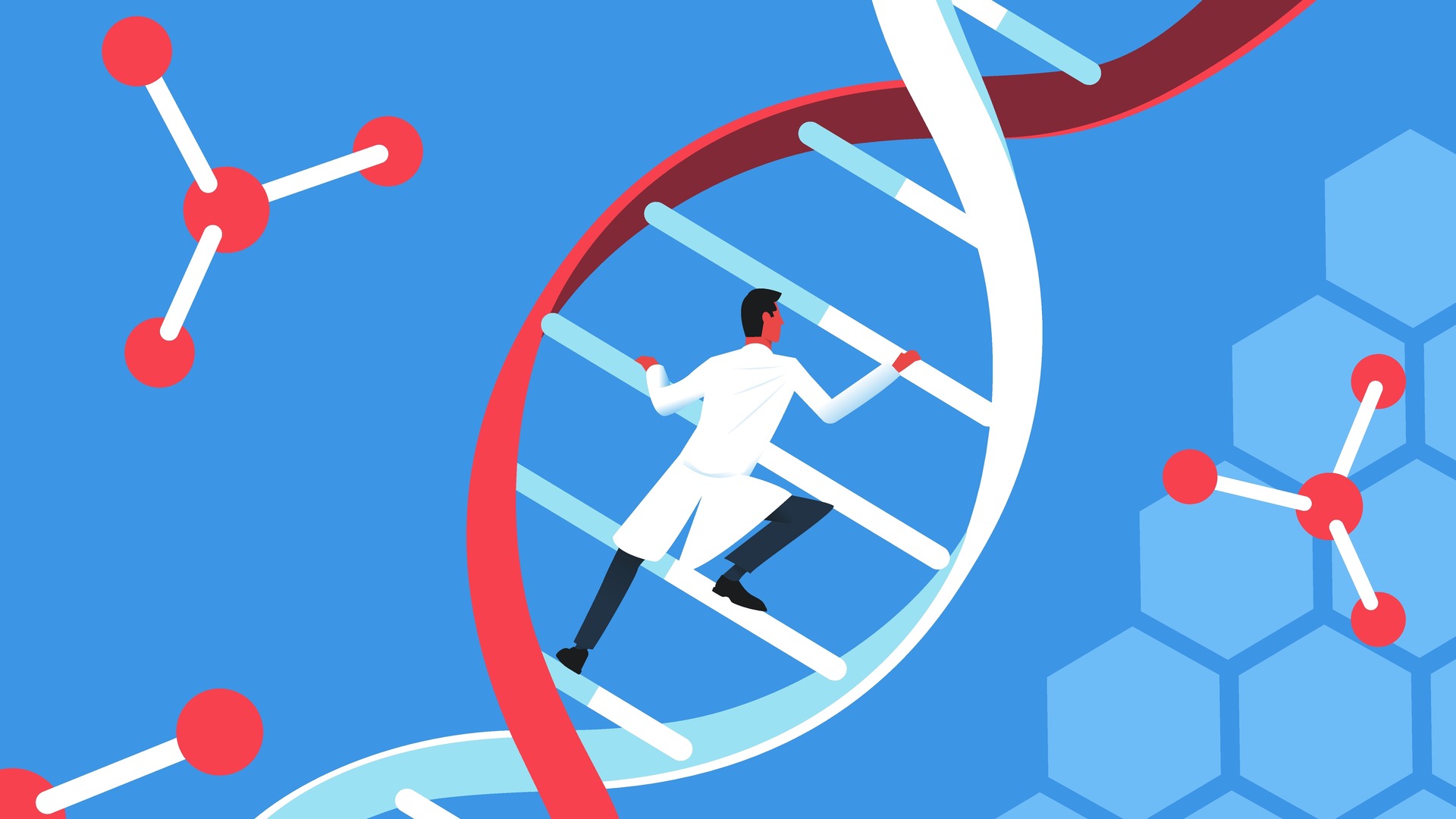Dr. Dunwei Wen’s work in developing and refining artificial intelligence has implications in health care, education, and beyond
Software developers all over the world are creating new and innovative AI applications that promise to make our lives easier, but that work wouldn’t be possible without researchers who develop and improve the AI itself.
This includes Dr. Dunwei Wen, a researcher in the School of Computing and Information Systems in the Faculty of Science and Technology at Athabasca University. His work since the late 1990s has focused on developing the algorithms that underpin different components of artificial intelligence like neural networks, intelligent agents, and deep learning.
“My research is mostly focused on the development or advancement of AI itself,” he explained. This includes natural language processing, which helps AI to understand meaning behind words, and computer vision, which helps AI to understand meaning behind an image.
By developing and refining models for representing, recognizing, and generating sequential and structured data, Wen is essentially helping to improve the building blocks of AI—which in turn can improve the effectiveness of other applications in a variety of areas including education, business, and health care.
Although Wen’s focus has been mostly on advancing AI itself, he is currently working with Health Everywhere, a research project led by the University of Calgary. He is working to develop an AI application that could help clinicians identify patterns in test results and patients' histories, and help patients better understand their results by translating medical jargon into plain language.
My research is mostly focused on the development or advancement of AI itself.
Dr. Dunwei Wen, associate professor, Faculty of Science and Technology
Using AI to improve health care
Wen hopes his work with Health Everywhere could lead to an AI application that would be able to identify patterns from diverse medical records and diagnostics—things like 20 years of medical notes, an electrocardiogram result, and a CAT scan.
By combining natural language processing, computer vision, and other types of sequential data analysis, the application could identify patterns allowing clinicians to more quickly and accurately make diagnoses and recommend treatment plans.
The same application could support patients in better understanding reports and directions from their doctors. Like other highly technical fields, medicine includes a lot of precise terminology that has specific meaning to medical professionals, but which may be difficult for patients to understand.
A large language model could help translate that medical terminology into plain language, empowering patients to better understand what is happening with their own health.
“There is lots of potential and many possibilities,” he said.

AI research opportunities for graduate students
The practical applications of Wen’s work aren’t just limited to health care. His work developing and improving AI and machine learning methods has many potential applications, many of which he is exploring with graduate students in the Master of Science in Information Systems program.
One graduate student is working to improve the way large language models identify words. In technical terms, this is described as “word sense disambiguation.” Many words have more than one meaning, so it’s important for an AI model to be able to determine which meaning is intended. For example, in a given text does the word “right” refer to the direction, to correctness, or to rights in a legal sense?
“Our model is tested based on general language in daily life, but we could easily shift this into medical related stuff or other areas,” Wen said.
Another graduate student is working on something described as “transfer learning.” Large language models are typically trained on a huge volume of text, which may be specific to one particular area, but users may want to apply the model to a different area. For example, a model trained entirely on fiction might not be as effective at interpreting technical manuals, so this work would include “fine-tuning” the model to improve the model’s performance.
“When we fine-tune, we need to make some architecture changes sometimes to the original model. Or we could have to fine-tune some specific layers of the neural network.”
Wen works with graduate students who are interested in AI from a wide variety of perspectives. Since the essence of the work is improving some of the basic functions of AI, there are many different possible applications for this research.
Explore AI with a master's degree
Athabasca University’s Master of Science in Information Systems (MScIS) is a graduate program like no other, with many routes and options to meet your unique educational goals.